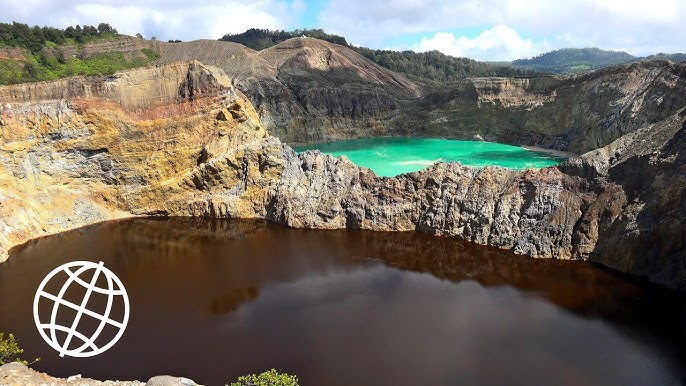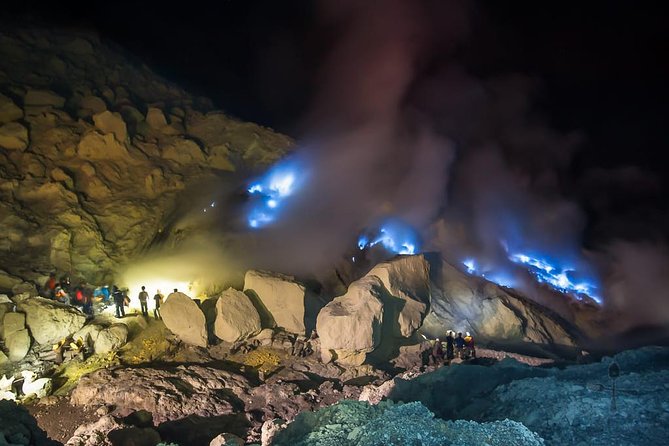The Gobi Desert, spanning parts of Mongolia and northern China, is famous for its vast dunes, rugged landscapes, and unique natural phenomena. Among its most intriguing features are the Singing Sands shifting sand dunes that produce a low humming or booming sound when disturbed. This natural symphony has fascinated travelers, scientists, and nomads for centuries.
What Are the Singing Sands?
Singing Sands are large sand dunes that emit sounds when the sand grains slide or collide under certain conditions. The sound can range from a soft whisper to a loud roar, depending on the size, shape, and moisture content of the sand, as well as wind conditions. Locals often describe the dunes as “singing” or “booming”, giving the desert its mysterious reputation.
How Do the Sands “Sing”?
The unique sound phenomenon is caused by friction between sand grains. When sand moves down a dune or is blown by the wind:
- The grains rub against each other, producing vibrations.
- These vibrations resonate through the entire dune, amplifying the sound.
- The pitch and tone depend on grain size, humidity, and the slope of the dune.
Scientists continue to study this natural acoustic phenomenon, which combines elements of physics, geology, and meteorology.
Famous Singing Dunes in the Gobi Desert
The Gobi Desert has several dunes known for their audible sand:
- Khongoryn Els (Singing Dunes) in southern Mongolia is one of the most popular sites, rising up to 300 meters high.
- Smaller dunes throughout the desert also produce the singing effect, often described by travelers as deep, echoing, or melodic.
These dunes are not only natural wonders but also tourist attractions, offering camel treks, sandboarding, and photography opportunities.
Cultural Significance
The Mongolian nomads have long known about the Singing Sands. Folktales often describe the dunes as whispering the desert’s secrets or as guardians of hidden treasures. Today, the Singing Sands are considered a symbol of the Gobi Desert’s mystery and beauty, attracting adventurers and researchers alike.
Visiting the Singing Sands
Tourists can visit the Khongoryn Els dunes by camel, jeep, or on foot. The best time to hear the sands “sing” is during dry, windy days, especially in spring and autumn. Travelers are advised to respect local customs and minimize environmental impact while exploring this fragile desert ecosystem.
Key Facts About the Singing Sands
- Location: Gobi Desert, Mongolia and northern China
- Height of dunes: Up to 300 meters
- Phenomenon: Produces humming or booming sounds when sand moves
- Cause: Friction between sand grains
- Best time to visit: Dry, windy days
- Tourist activities: Camel trekking, sandboarding, photography
Conclusion
The Singing Sands of the Gobi Desert are a remarkable natural phenomenon, blending science, mystery, and cultural legend. From their mesmerizing hums to their majestic dunes, these sands offer travelers a rare experience the chance to hear the desert sing.





